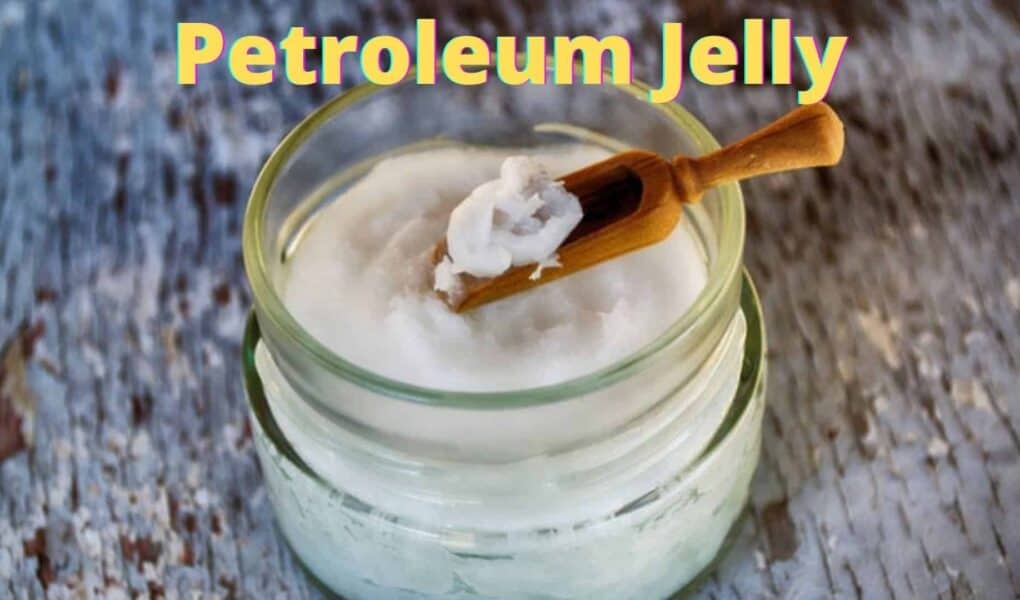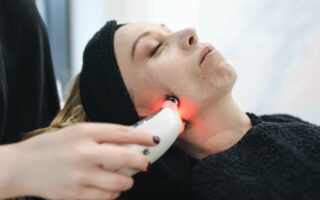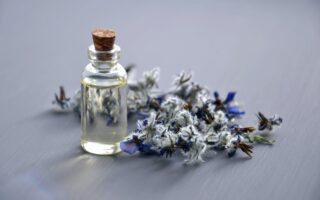You must have noticed Petroleum ingredient in most beauty products you must have bought. So what is Petroleum, why is Petroleum used in cosmetics? how does it work in beauty products and is it harmful? Here’s a look at the answers to these questions.
Why is Petroleum used in cosmetics?
Useful Health Tips – How to boost your Immunity
What is Petroleum?
Petroleum (also known as Petroleum jelly and white Petroleum) is usually yellow or colourless.
Petroleum jelly is widely used in the medical and pharmaceutical industry such as: treating toenail fungus, nosebleeds, rashes and even colds and they are also used in many cosmetic ingredients.
It is often referred to as a topical medicament with very good healing properties.
While modern scientific research has discovered many new uses for Petroleum, the United States Food and Drug Administration (FDA) still recognizes Petroleum as an over-the-counter skin protectant like the brand names. other drugs or OTC drug products.
Vaseline is a famous cosmetic brand with Petroleum
See also :
- How to apply blush with lipstick
- 7 Mistakes When Treating Acne
- New Beauty Tricks for 2024
- Benefits And Effects Of Exfoliation
- Antiaging Natural Mask Recipe For Neck Wrinkles
- Teenage Skin Care Tips
- 5 Trusted Ways To Get Rid Of Dull Skin
- How To Use Green Tea For Skin?
Why is Petroleum used in cosmetics?
Petroleum is widely used in cosmetic and skin care products such as: shower gel, cleaning products, skin care products, shampoo, makeup, hair gel, conditioner, shaving cream and even in sunscreen.
As an OTC crude oil, Petroleum also works very well in protecting the skin in areas of scratches and injuries when exposed to external harmful agents. Moreover, this ingredient has the ability to limit water loss in the skin by creating a barrier on the skin.
When applied in hair care products, Petroleum makes hair strong, shiny and soft from the inside, helping to regenerate structures damaged by chemical treatments.
Difference between Petroleum and Glycerin
Currently, there is a common misconception that Petroleum and Glycerin have similar properties and reactions. However, these two compounds are completely different.
Petroleum is a hydrophobic substance that is permeable and insoluble in water, working on the effectiveness of the skin barrier to help keep the skin moist. While glycerin is a hydrophilic compound, it absorbs water strongly. By absorbing moisture from the air, glycerin attracts water present in the air to moisturize the skin, thus creating a moist feeling on the skin.
Is Petroleum safe?
The Cosmetic, Toiletry and Fragrance Association (CTFAS) – a leading trade organization specializing in consulting for the main ingredients, has confirmed the safety of this compound. However, Environmental Working Group (EWG) further considers that Petroleum is classified as a moderately dangerous substance, so products containing this ingredient need to be studied further for safety.
The reason the EWG has made this determination is because the association said both the government and the CTFAS have confirmed that there is a risk of contamination from hydrocarbons (PAHs) and also from carcinogens found in Petroleum and its components. However, there is currently no evidence that shows a direct link between Petroleum and cancer. The European Union has listed Petroleum as a dangerous substance and only high-grade crude oil ingredients are allowed to be used in cosmetic ingredients.
Petroleum is used extensively in cosmetic ingredients and skin care products as a highly refined grade and must meet all standards set by the United States Drug Administration.
Does Petroleum really heal the skin?
While some companies are promoting alternatives to Petroleum, the majority of cosmetic manufacturers are committed to this compound because of its moisturizing and restorative effects. Petroleum pioneered in protecting the skin from the effects of air, helping to heal itself from wounds and inflammation.
According to experts, Petroleum is the most effective moisturizer available. It is also easier to get dehydrated epidermis back to normal.
But there is also a potential downside. According to the results of a study published in the journal Pediatrics in 2000, the treatment of infants with Petroleum increases the risk of yeast infections because they create a warm, humid environment. on the skin for fungal growth.
Environmental concerns
Petroleum is a form of crude oil, so it is classified as a non-renewable resource. Of course, the content of this substance in a jar of cream or a cosmetic product is not as much as that used in machinery and vehicles.
Concerns about the environment for the earth as well as the scarcity of Petroleum are also one of the reasons why other corporate companies are replacing it with coconut or sunflower oil. However, these oils also have a lot of environmental concerns because they all have a lot of impact on agriculture, creating the risk of gradually replacing food crops.
The current Petroleum alternatives are extremely expensive and complex. At this time Petroleum has a stable price, is safe and effective for the research to create the product.
Natural Beauty Tips – Beauty Tips
Hope you find the above information useful and it helps you in choosing your beauty products appropriately.
Read Also :
- How to apply blush with lipstick
- Natural Remedies For Dandruff
- 7 Mistakes When Treating Acne
- 8 Best Concoctions to Induce the Menstruation Period
- New Beauty Tricks for 2024
- Benefits And Effects Of Exfoliation
- Antiaging Natural Mask Recipe For Neck Wrinkles
- Teenage Skin Care Tips
- 5 Trusted Ways To Get Rid Of Dull Skin
- Are High Heels Bad For Your Feet?
- How To Use Green Tea For Skin?
- How To Quickly Lose Weight After Pregnancy
- Daily Skin Care Routine With Regular Physical Activity
- Beauty Hygiene: Tips for Adopting a Healthy and Natural Glow
- 10 Foods That Can Destroy Beauty




